Have you ever noticed your dog eating or licking strange things like stones, soil, or even the furniture? While it might seem like odd behaviour, it could be your dog’s way of signalling that something isn’t quite right.
My dog Bruce gets sick sometimes and when he does, he will eat anything to try to relieve that pain. He has eaten parts of socks, chewed and eaten parts of our rug, and of course any grass he sees. It’s really sad to see him so uncomfortable, but luckily I know that it will pass, and I know how to support his gut so it doesn’t happen that often.
This condition is called Pica, and it refers to dogs eating non-food items. It’s not uncommon, but it’s important to understand why it’s happening so you can address the underlying cause. In this blog post, we’ll explore the potential reasons behind this behaviour, and I’ll give you practical steps to help your dog. (PetMD)
What Could Be Causing This Behaviour?
There are several reasons why your dog might be engaging in this behaviour, ranging from nutritional deficiencies to anxiety. Let’s dive into the most common causes:
Mineral Deficiency or an Unbalanced Gut
If your dog’s body or gut is unbalanced, it might signal that they need specific nutrients. For example, a lack of iron might lead them to seek out iron-rich items like soil. This is a natural behaviour seen in many animals.
What you can do:
- Review your dog’s diet to ensure it’s balanced and complete.
- Consider adding a probiotic to support gut health.
- A microbiome or blood test can reveal if there are any deficiencies you need to address.
Feeling Sick
If your dog is licking furniture, pillows, or other surfaces repeatedly, it might indicate they’re feeling nauseous. Dogs often do this to soothe an upset stomach.
What you can do:
- Add digestive enzymes to their meals to support digestion.
- Try a raw diet.
- If the behaviour persists, consult your vet to rule out gastrointestinal disorders that might require medical treatment.
- Read my blog post abut throwing up bile and what you can do to help your dog here.
Pain
Sometimes, the issue isn’t related to the gut at all. A 2020 study (Mills et al.) revealed that dogs experiencing pain in other parts of their bodies might exhibit unusual eating behaviours. For example, a Labrador in the study stopped eating stones once his hip pain was treated with medication.
What you can do:
- Monitor your dog for signs of pain, such as stiffness, limping, or difficulty getting up.
- Be aware that some dogs don’t show many signs. A dog doesn’t have to be limping to be in pain!
- Book a vet check-up to rule out conditions like arthritis or hip dysplasia.
Overtiredness
Just like children, dogs can get overtired and start acting out in unusual ways. On long walks, your dog might begin picking up stones or grabbing things to keep themselves stimulated when they’re too tired.
What you can do:
- Shorten your walks for a while and see if the behaviour disappears.
- Keep their mind engaged with fun, calming activities like my Sniff and Walk game (you can get it for free in my 5-day mini-course).
Anxiety
If your dog chews up TV remotes or rips apart cushions when you’re away, this could be a sign of anxiety. Destructive behaviour often stems from your dog feeling insecure or stressed when left alone.
What you can do:
- Work on building their confidence with slow, positive home-alone training.
- Create a safe space where your dog feels secure when you’re not at home.
- Speak to a behaviourist if the anxiety feels overwhelming to manage on your own.
When to Seek Veterinary Advice
While many of these behaviours can be helped at home with the tips above, there are times when a vet visit is necessary:
- If your dog has eaten something dangerous, such as sharp stones or toxic substances.
- If the behaviour persists despite changes to diet or routine.
- If your dog shows signs of pain, nausea, or other unexplained symptoms.
Summary
Pica and unusual licking or eating behaviours in dogs can have various causes, but understanding the root of the behaviour is key to helping your dog. Whether it’s a nutritional imbalance, pain, or anxiety, there are steps you can take to address the issue and make your dog feel better.
Don’t forget—sometimes the simplest changes, like adjusting walk lengths or adding digestive support, can make a huge difference.
Want to try my Sniff and Walk game? Click here.
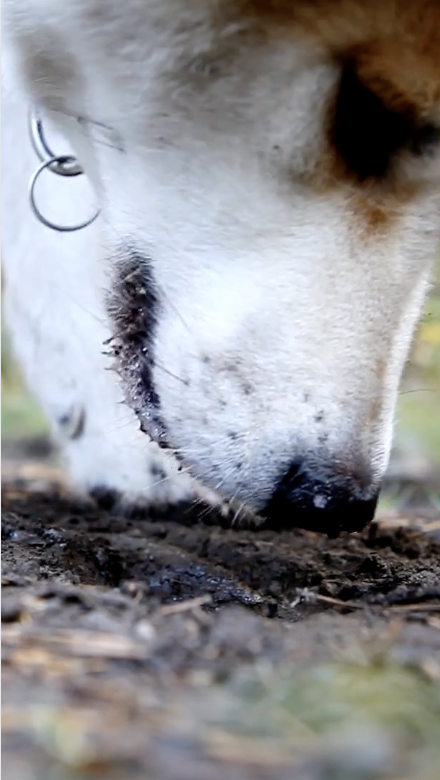

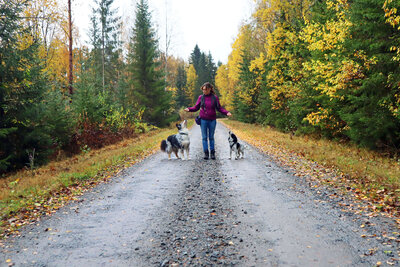
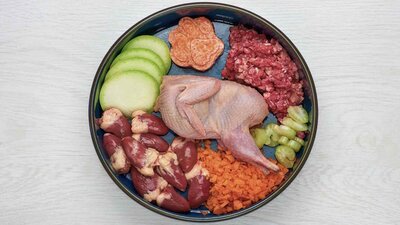
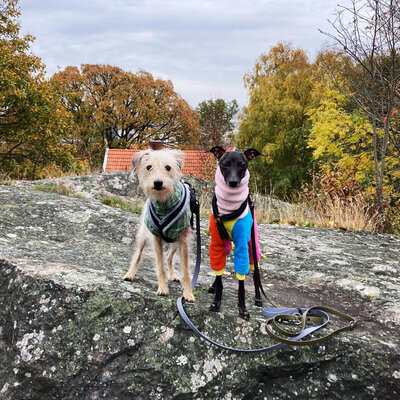
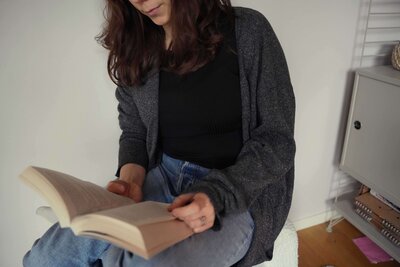
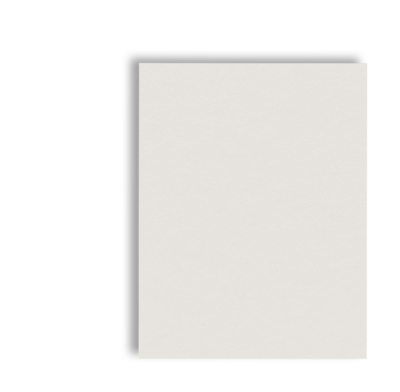
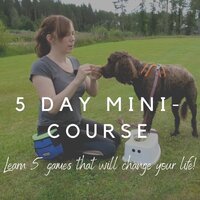


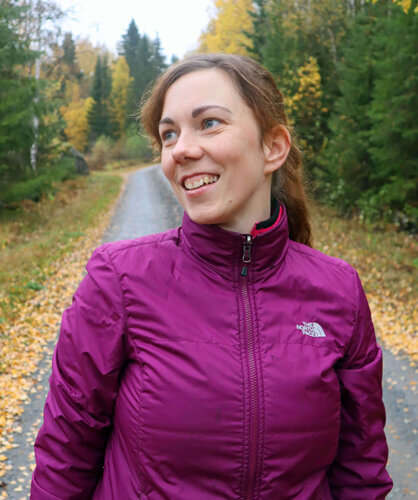
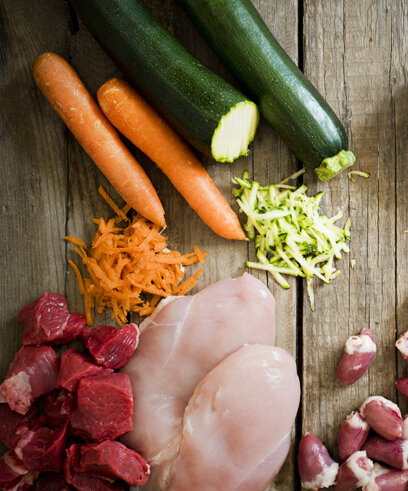
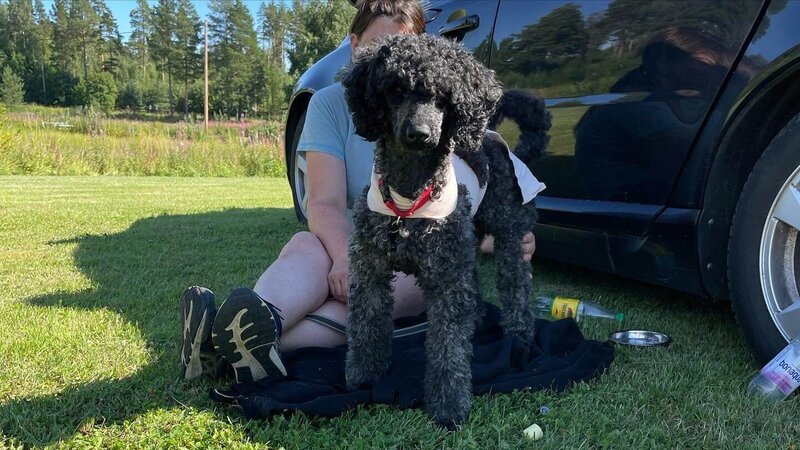

+ show Comments
- Hide Comments
add a comment